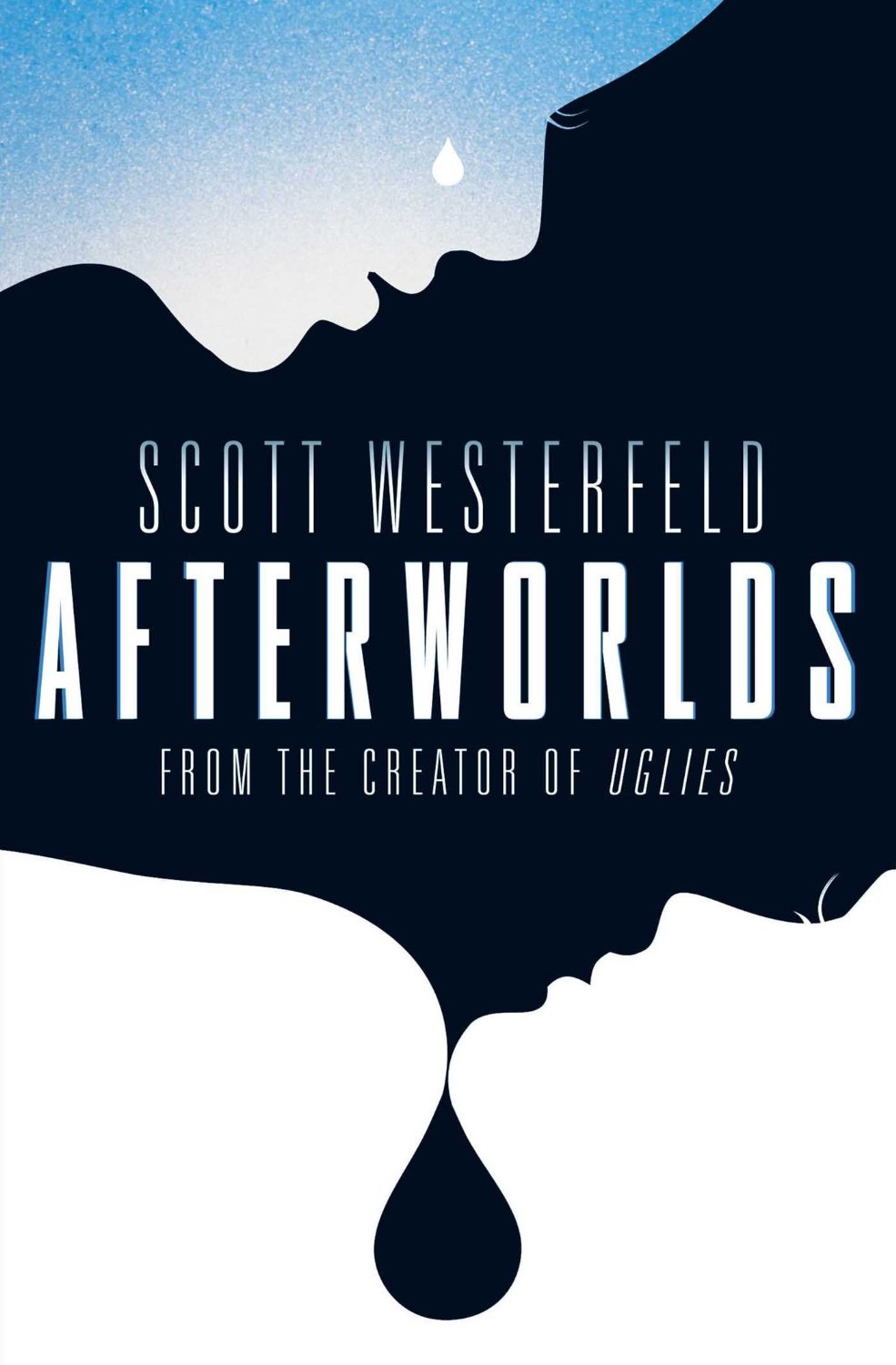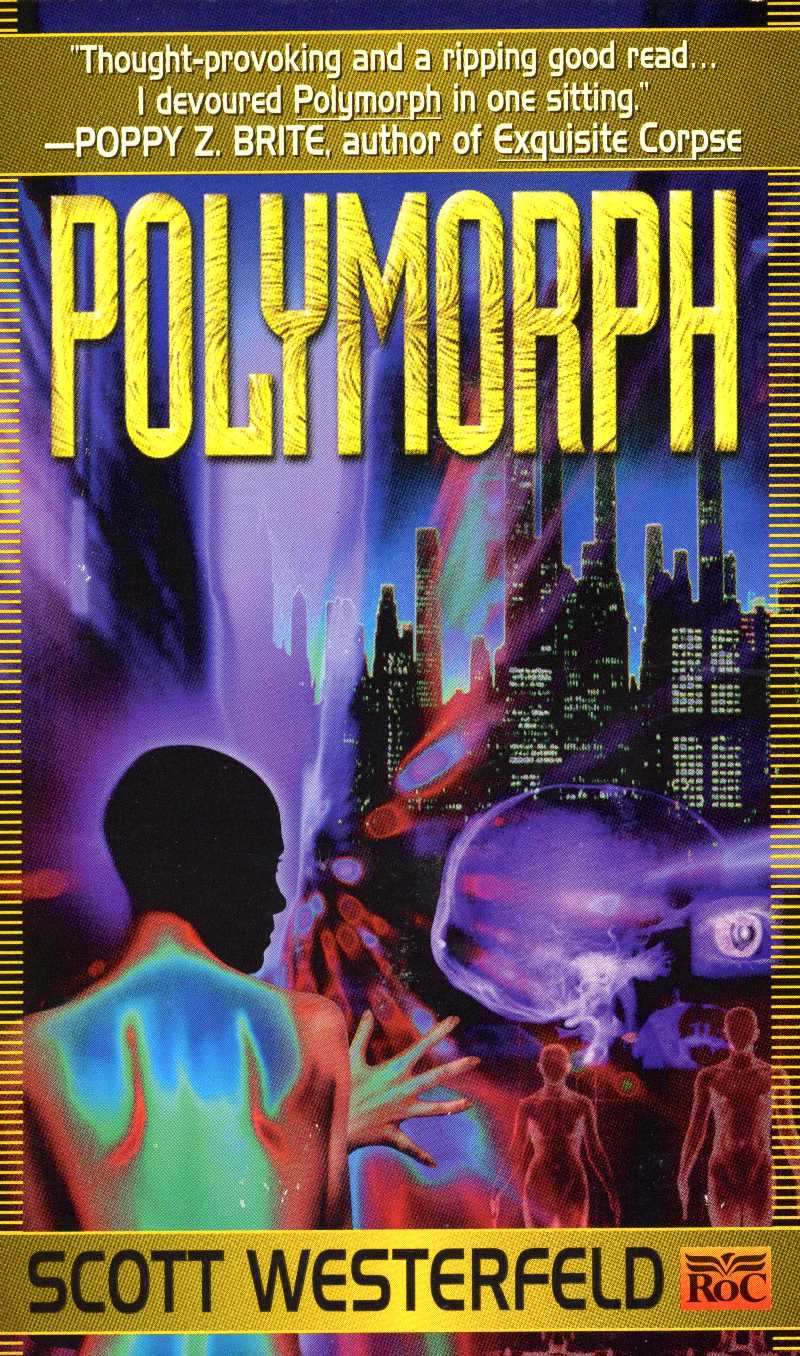
Afterworlds may be one book, but it’s also two YA novels told in alternating chapters. Half of the chapters are about Darcy Patel. At the story’s start Darcy has just graduated from high school, sold her novel Afterworlds to a major publisher (along with its yet-unwritten sequel) for six figures, and is moving to New York City to revise her manuscript and write her next book. The other half of the book is Darcy’s novel itself, a fast-paced supernatural tale as told by Lizzie, a ordinary teenager girl until she survives a terrorist attack. In the midst of the terrible slaughter around her, Lizzie wills herself to the afterworld, the alternate plane of existence for ghosts and their psychopomps spirit guides. In doing so, Lizzie becomes a psychopomp herself and her life floods with ghosts and with dangers she never imagined.
Darcy navigates New York publishing while Lizzie begins a romance with Yamaraj, a handsome fellow psychopomp. Lizzie meets Mindy, the ghost of her mother’s murdered childhood friend, who has lived in her mother’s closet for decades. Darcy falls in love for the first time with Imogen, a YA writer who is full of secrets. Lizzie sets out to solve Mindy’s murder while learning about her new powers and wrestling with the moral questions of the new realm she’s uncovered. Darcy struggles to polish her novel, find her place among her literary heroes, and have her first relationship.
This is an engaging book for YA fans. Both teenage heroines are struggling with the transition to adulthood in extraordinary circumstances. Lizzie has a host of otherworldly issues to contend with, along with trauma and survivor’s guilt. Darcy has had all her dreams come true thanks to incredible success as a first-time novelist, but wrestles with imposter syndrome, questions of cultural appropriation in fiction, and the sudden freedom of adulthood.
The weakness point for both stories, at least for me, were the romances. Yamaraj is, like plenty of teenage heart throbs, too perfect to be really interesting, though the novel ultimately addresses this smartly. Imogen is more complex but Darcy’s apparent sudden sexual awakening wasn’t fleshed out. Prior to Imogen, it seemed Darcy had never any romantic or sexual interest in anyone, though she wrote a novel with a significant romance. On the one hand, it was refreshing that Darcy was relatively unconcerned with her sexual orientation or labeling herself. She struggles to tell her family about her girlfriend, even knowing that it won’t be a big deal, but there’s no tortured coming out story. Many of the challenges in the relationship are challenges in any first relationship. On the other, it seemed like Darcy was written to be vaguely on the asexual/demisexual spectrum without actually acknowledging this. Darcy, at eighteen, had never thought about her sexuality before, and I’m tired of female characters who had no sexual fantasies or desires until the right love interest comes along. It distracted me from the beginning of the Imogen/Darcy relationship, though that relationship did evolve in interesting ways.
All and all this was a fun read. I’d recommend to young adults looking for a different take on paranormal romance, for aspiring writers (the six-figure book deal is an excellent fantasy), for YA fans, and for readers looking for unique read.


